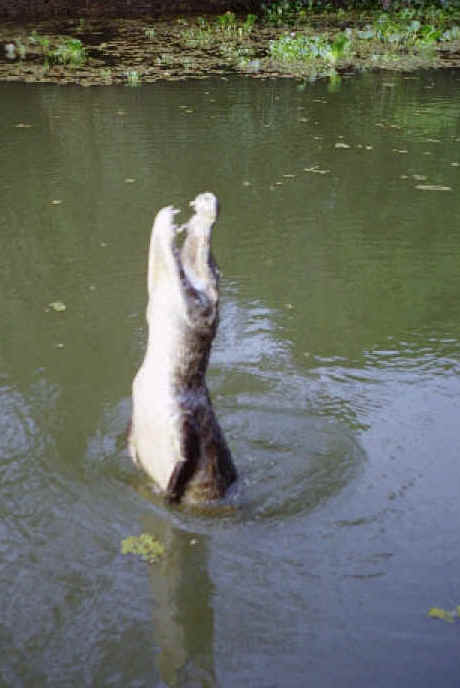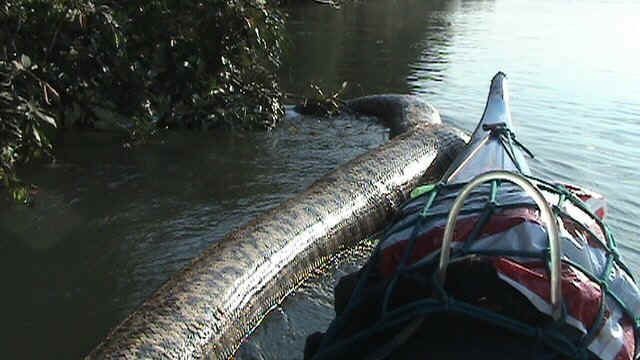
E-mail: font@focusonnature.com
Phone: Toll-free in USA 1-888-721-3555
or 302/529-1876
 |
PO Box 9021,
Wilmington, DE 19809, USA E-mail: font@focusonnature.com Phone: Toll-free in USA 1-888-721-3555 or 302/529-1876 |
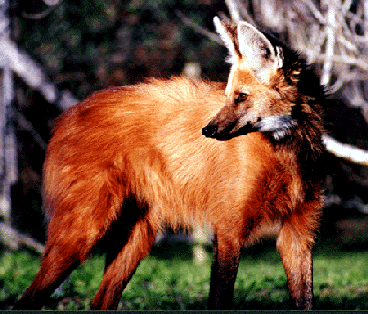 MAMMALS
MAMMALS
and OTHER WILDLIFE
in Brazil
and in nearby
Uruguay
Those during
Focus On Nature Tours
in
Brazil,
1992 thru 2015
noted with an (*)
Focus On Nature Tours in Brazil
have been during the months of
February, March, May, July,
August, September, and October
The following list of Mammals of Brazil compiled by Armas Hill
UPPER RIGHT PHOTO: A MANED WOLF
Codes:
Threatened species of mammals, designated in CITES:
(t1): critically endangered
(t2):
endangered
(t3):
vulnerable
(ti): threatened (but with status indeterminate)
(BRe): species endemic to Brazil
(BRi): species introduced into Brazil
AF:
the Alta Floresta and Rio Cristalino
areas (mostly Amazonian) in northern Mato Grosso state
AM: Amazonas state, mostly in the area of Manaus
BR: Brasilia
ES: Espiritu Santo state
IG: the area of Iguacu Falls
MN: Minas Gerais state
MS: Mato Grosso do Sul state, including the southern Pantanal
MT: Mato Grosso state, excluding Alta Floresta/Rio
Cristalino (including the northern Pantanal,
Chapada dos Guimaraes, Serra das Araras, and the Jardim da
Amazonia, in
central MT near the Rio Claro)
RS:
Rio Grande
do Sul in far-southern Brazil
SE: southeast Brazil (in the states
of Rio de Janeiro & Sao Paulo, including the areas of Itatiaia National Park,
and
Cubatao, Ubatuba, Angra dos Reis, and Cabo Frio along the coast)
UG: in Uruguay, near Rio Grande
do Sul
(ph): species with a PHOTO IN THE FONT WEB-SITE
FOR A NUMBER OF MAMMALS BELOW, BRAZILIAN NAMES ARE GIVEN BENEATH THE SCIENTIFIC
NAMES, AFTER
"BR:"
AMPHIBIANS & REPTILES FOLLOW THE MAMMALS. FOR THEM, BRAZILIAN NAMES ARE ALSO
GIVEN BENEATH THE SCIENTIFIC NAMES, AFTER "BR:"
During the FONT Brazil
Tour in Mato Grosso do Sul during September 2006, mammals seen during one
night's "safari" included: a JAGUAR, 7 OCELOTS, a PANTANAL CAT, a
MANED WOLF, 2 BRAZILIAN TAPIRS, and a number of GIANT ANTEATERS in addition to
MARSH DEER, BROCKET DEER, YELLOW ARMADILLO, TAPITI (or BRAZILIAN RABBIT), many
CAPYBARAS, CRAB-EATING FOX, CRAB-EATING RACCOON, and various BATS (along with an
assortment of nocturnal birds: OWLS & NIGHTJARS).
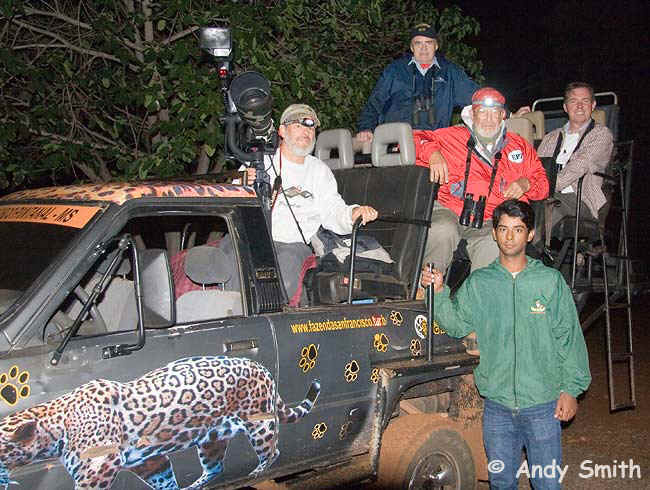
Some of the FONT group
participants in September 2006
who saw the animals & birds noted above.
Links to Mammal Groupings in
this list:
Armadillos
Anteaters
Sloths Porcupines
Agoutis & Paca
Capybara
Cats Foxes & other canines
Otters & allies
Coatis & Raccoon Bats
Marmosets & Tamarins New World Monkeys Dolphins Peccaries Deer Tapir
Other links:
Upcoming FONT Birding & Nature Tours in Brazil Upcoming FONT Tours Elsewhere
FONT Brazil Past Tour Highlights Photo Galleries & Narratives from past FONT tours
A List
& Photo Gallery of Brazil Birds, in 3 parts (1,718 species):
Part
1: Tinamous to Doves
Part 2: Macaws to Flycatchers
Part 3:
Antshrikes to Woodcreepers Part 4: Vireos to Grosbeaks
Other Lists & Photo Galleries of:
Mammals
Birds Butterflies
Amphibians, Reptiles
Directory of Photos in this Website
Mammals:
AMERICAN OPOSSUMS - Family Didelphidae
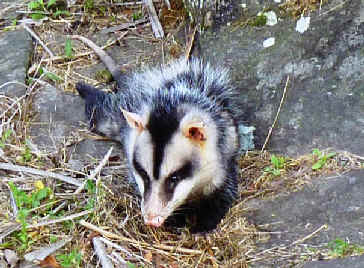
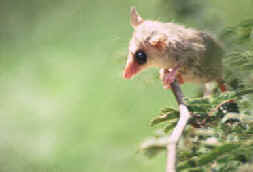
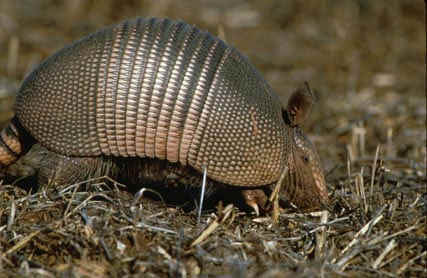
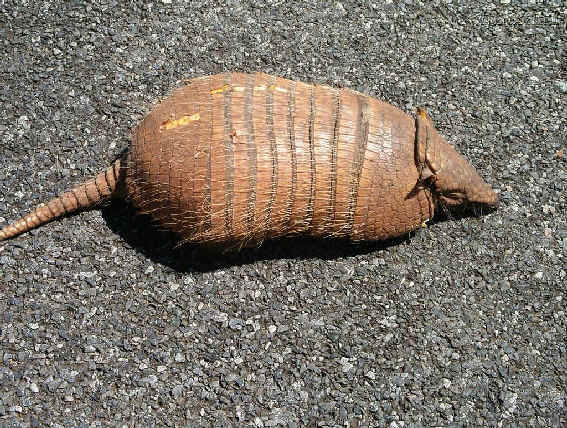
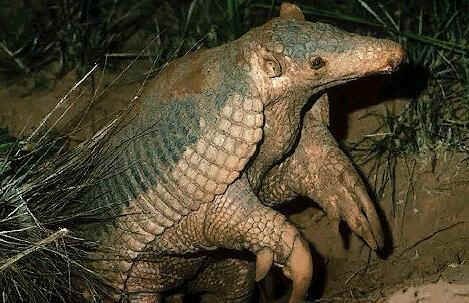
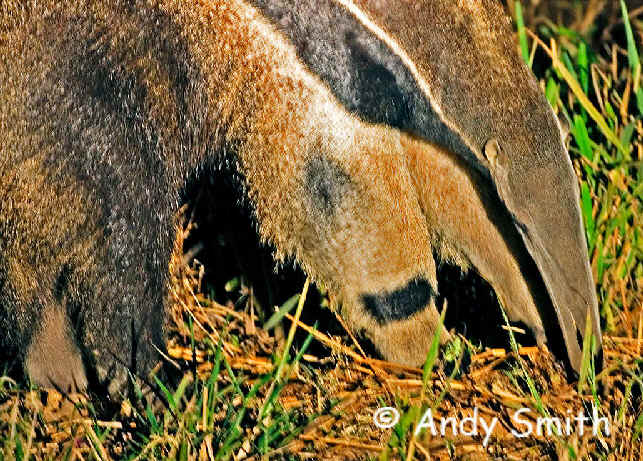


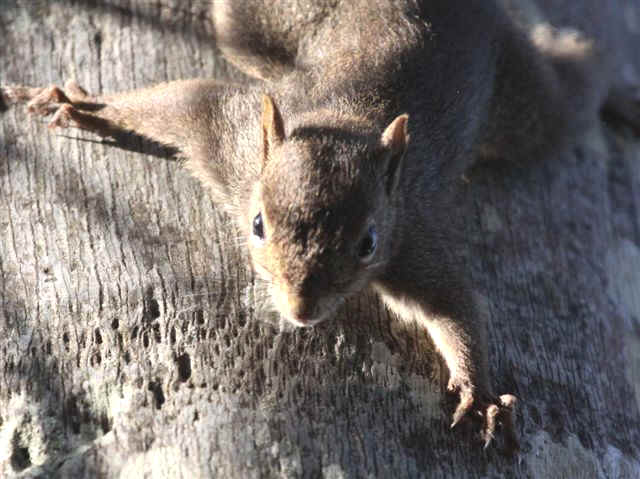

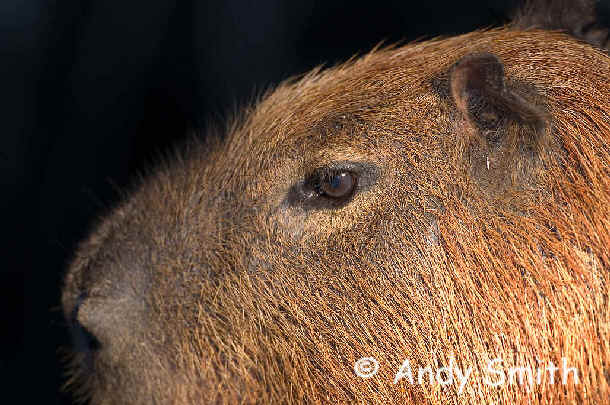
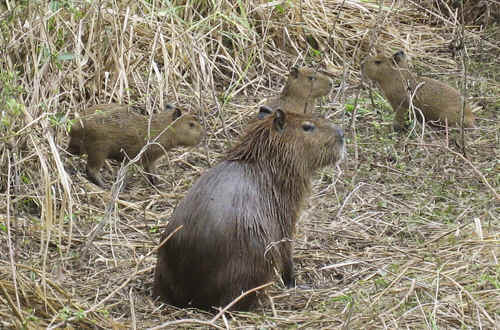

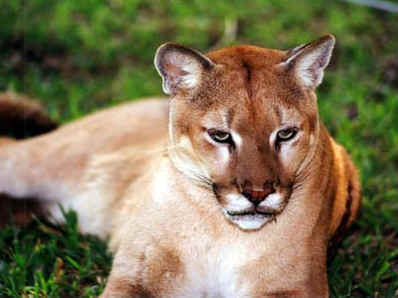



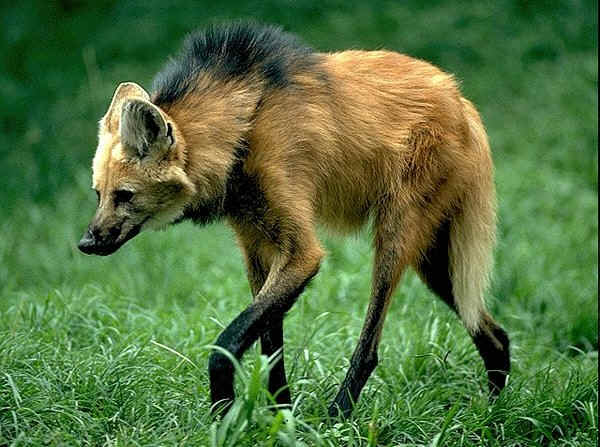
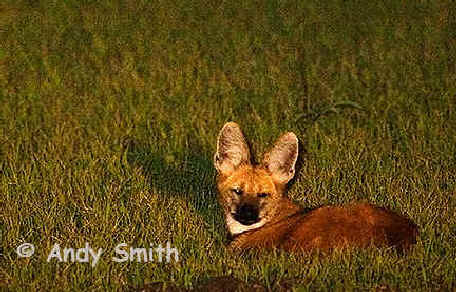
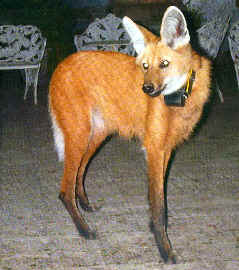

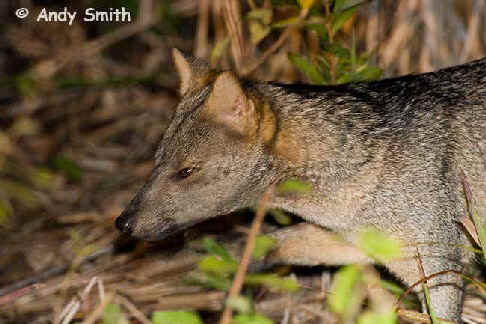
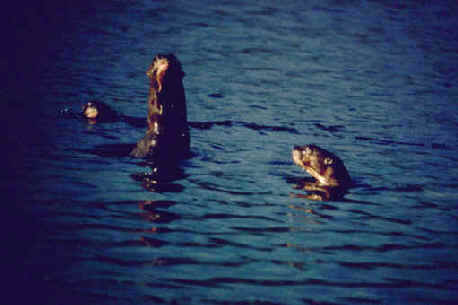

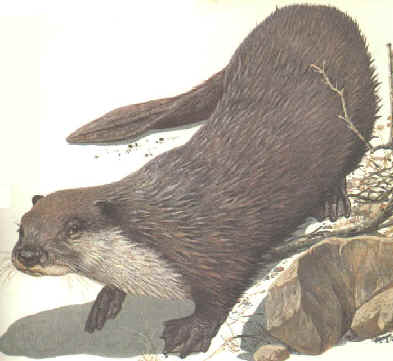
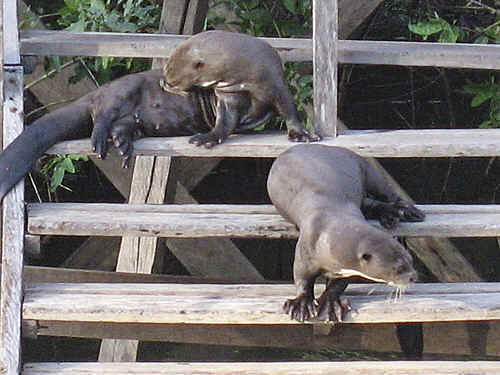

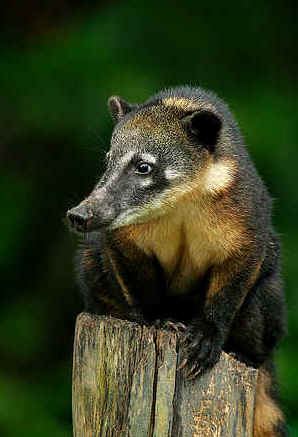
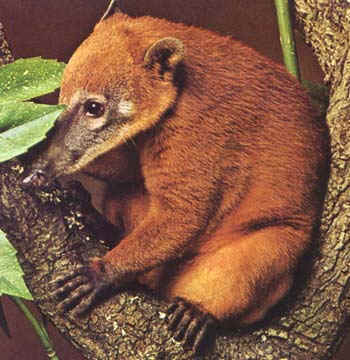
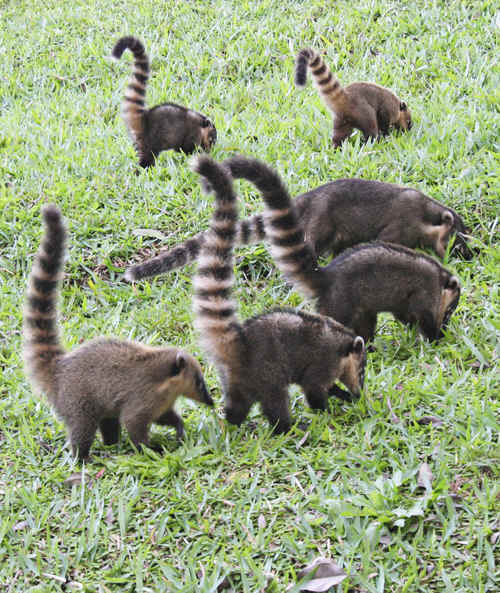
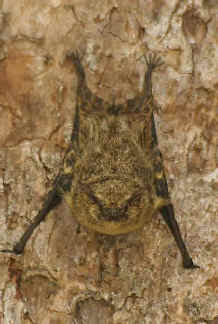
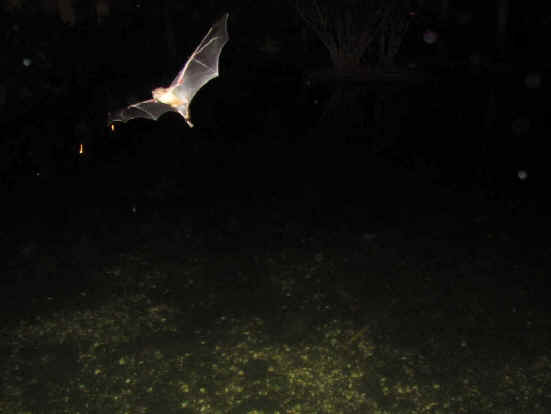
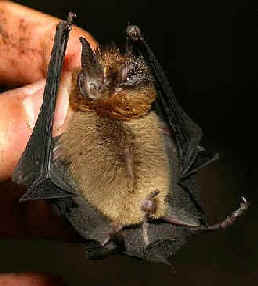
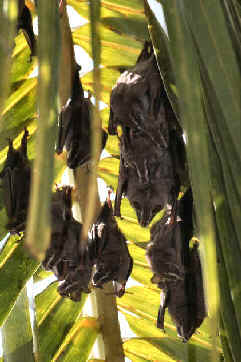
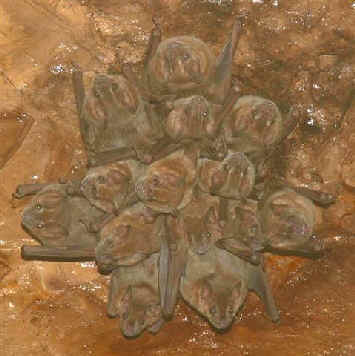
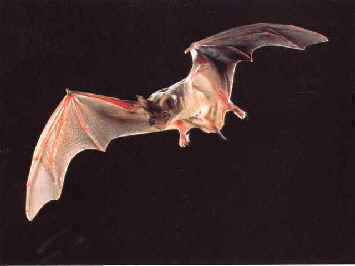

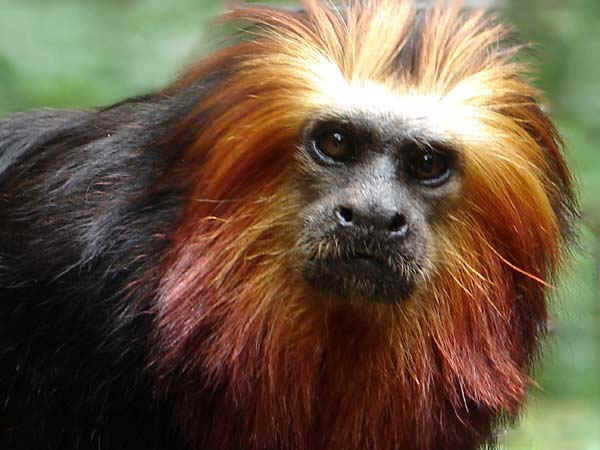
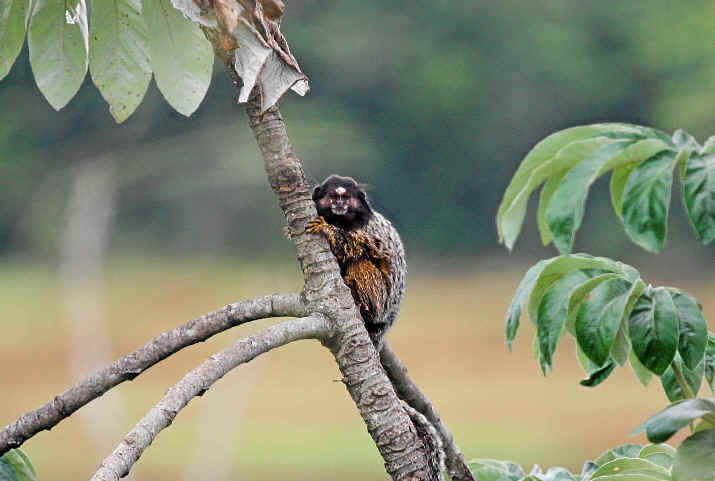
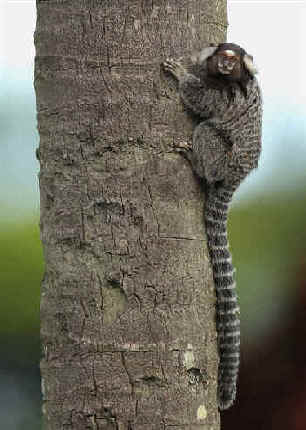


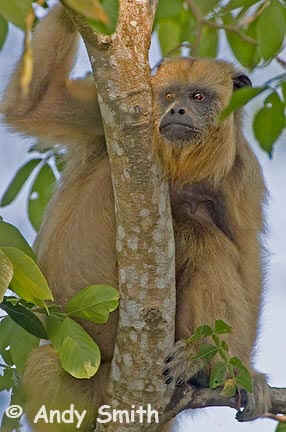
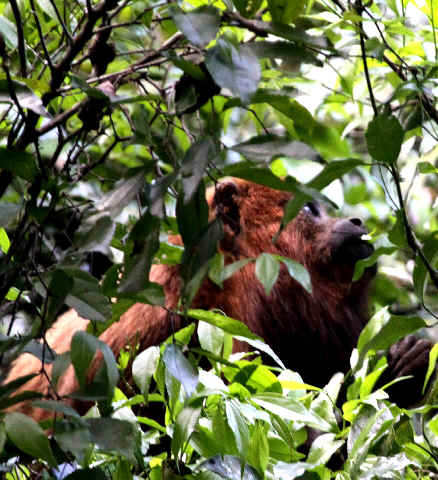
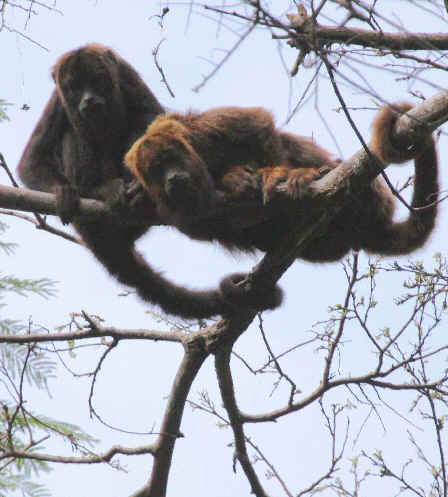
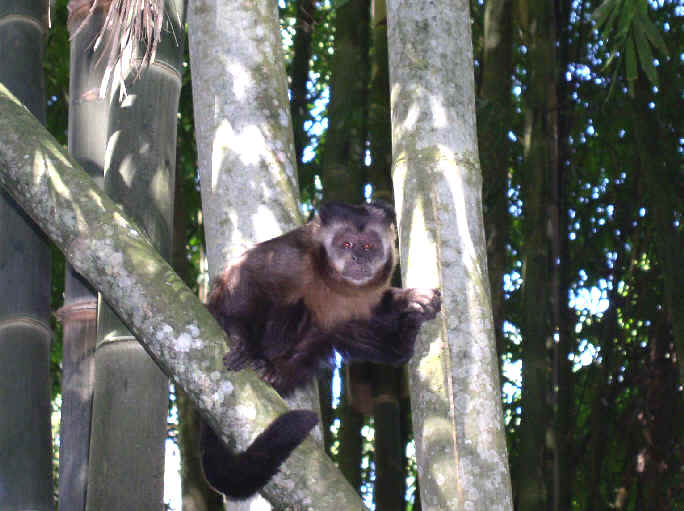
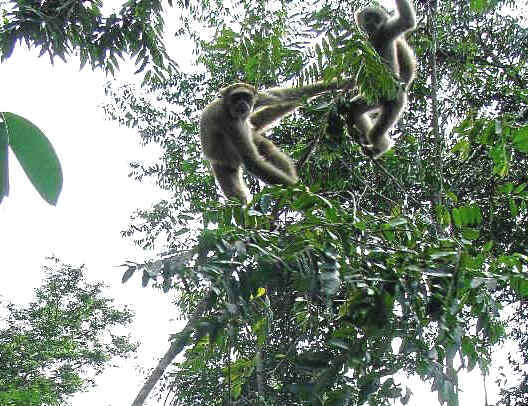



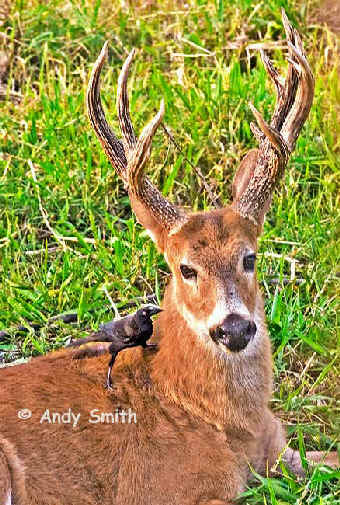

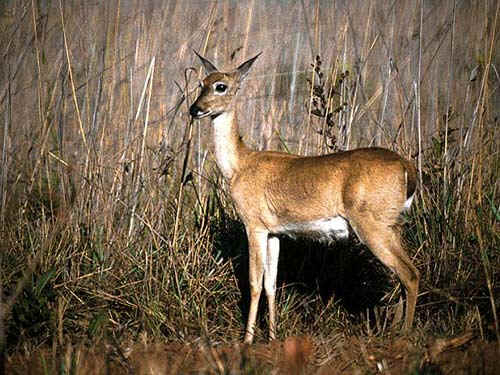

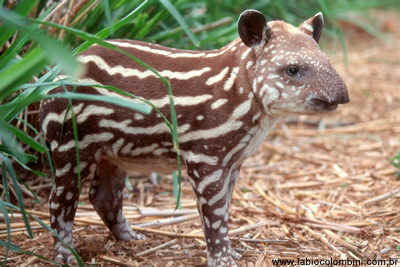

Some Notes regarding
Mammals during FONT Tours in Brazil:
During the FONT Brazil
Tour in Mato Grosso do Sul during September 2006, mammals seen during one
night's "safari" included: a Jaguar, 7
Ocelots, a Pantanal Cat, a
Maned Wolf, 2 Brazilian Tapirs, and a number of Giant Anteaters in addition to
Marsh Deer, Brocket Deer, Yellow Armadillo, Tapiti (or
Brazilian Rabbit), many
Capybaras, Crab-eating Fox, Crab-eating Raccoon, and various bats (along with an
assortment of nocturnal birds: owls & nightjars).
The very rare Pied Bare-faced Tamarin was seen near Manaus during
our August/September 2005 tour in Amazonia.
As many as 5 Brazilian Tapirs were seen by the
Rio Cristalino (in northern Mato Grosso) during our August 1995 tour.
Both adult and juvenile (larger and smaller)
Giant Otters were seen during FONT tours in the Rio Cristalino in August 1996, and
in the Pantanal in August 2003.
Two Giant Otters were seen closely during the FONT Brazil tour in August 2008.
They were first seen resting on the steps of a wooden dock along a river's
edge.
OTHER WILDLIFE & NATURE:

